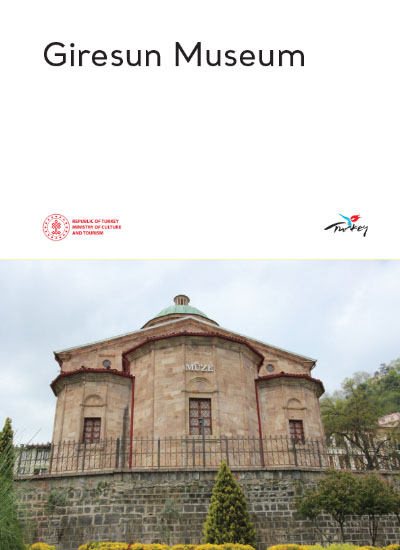The Giresun Museum is situated near the sea, at the eastern foot of Giresun Citadel. Originally built in the 19th century by the Greeks living in the region, the building served as a church named Gagara Church. After being in service until 1923, it was abandoned and left empty until 1948, when it was repurposed as a prison until 1967. Following a restoration between 1982 and 1988, it was opened to the public as a museum in 1988. The church is rectangular in shape and has a cross plan. It is covered by a high pulley central dome and made of grey and brown ashlar. The main entrance is located on the west side, while the narthex is in ruins. There are two secondary doors on the south and north facades. A small garden surrounds the building. To the north of the church, there is a smaller building which is considered to be the priest's house. Adjacent to the western wall of the priest's house, there is a two-roomed cellar. In 1993, the house of the priest was converted into the museum's administration building. The museum's collection is exhibited in the historical church and cellar sections. The Giresun Museum collection comprises artifacts from the Hellenistic, Roman, Byzantine, Seljuk, and Ottoman periods. The exhibition showcases a range of items including small clay sculptures, kitchenware, architectural pieces, amphoras, coins, and findings from Erik Limanı and Giresun Isle. Additionally, the museum's ethnographic collection includes apparel, kitchen and bath utensils, weapons, carpets, and jewelry.
GİRESUN MUSEUM


